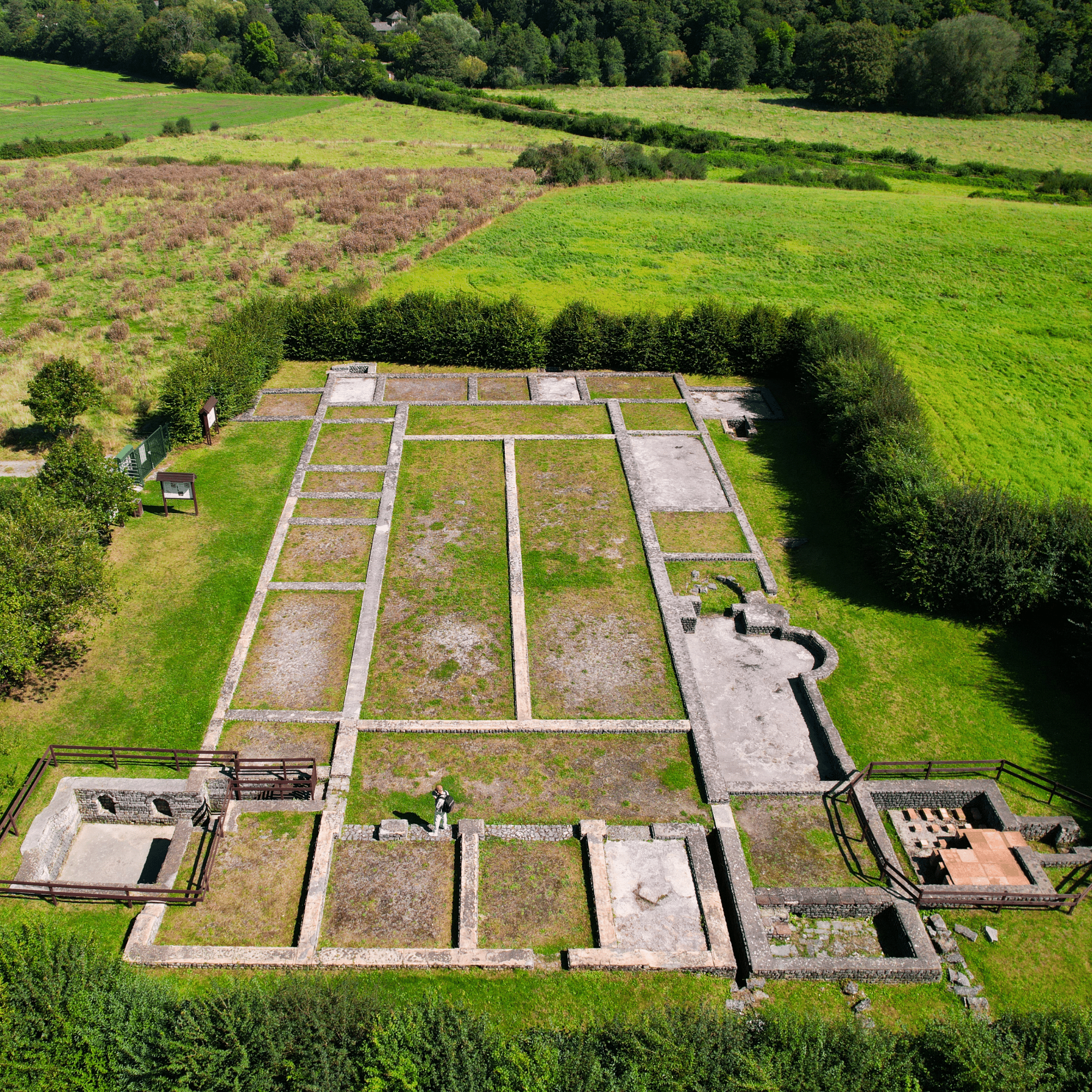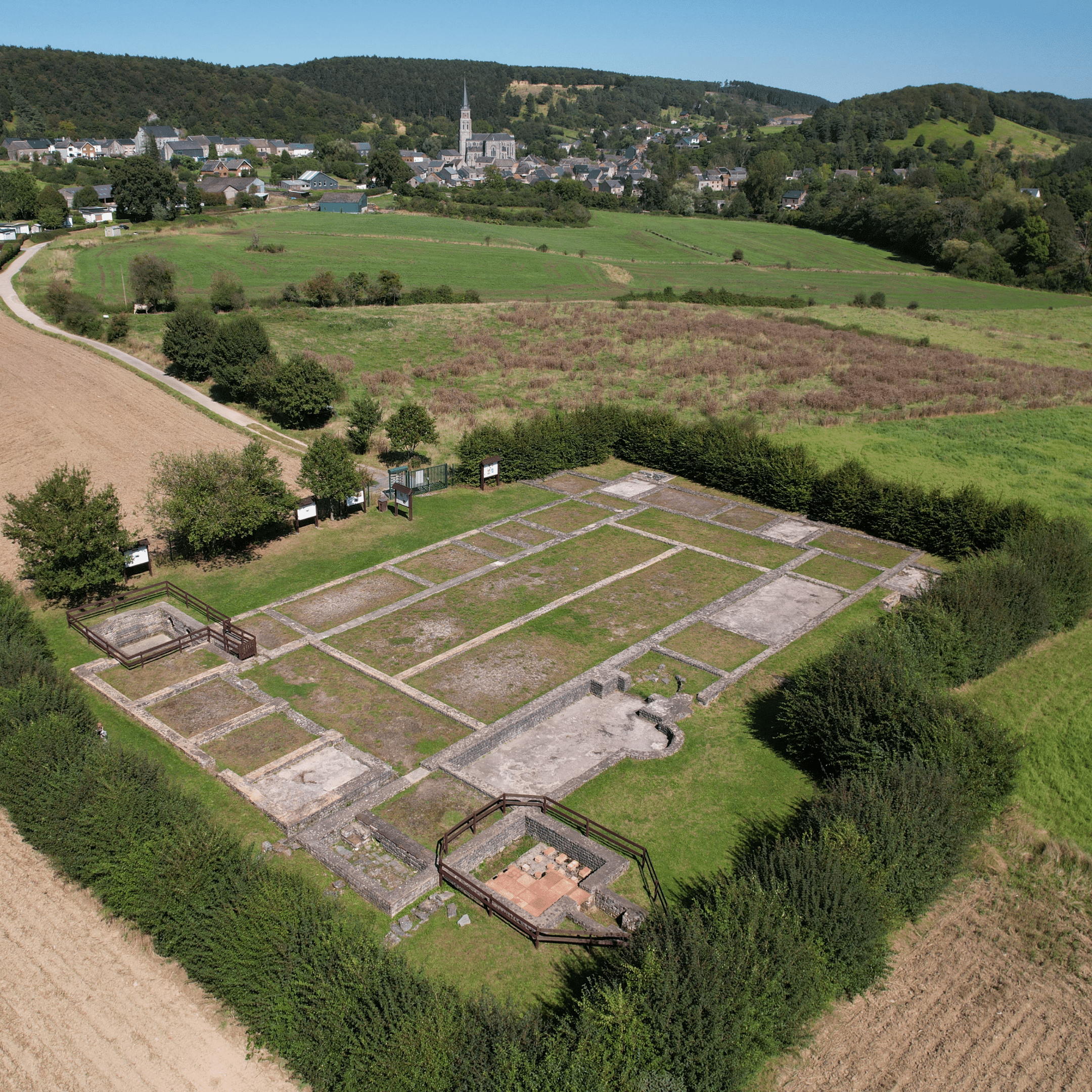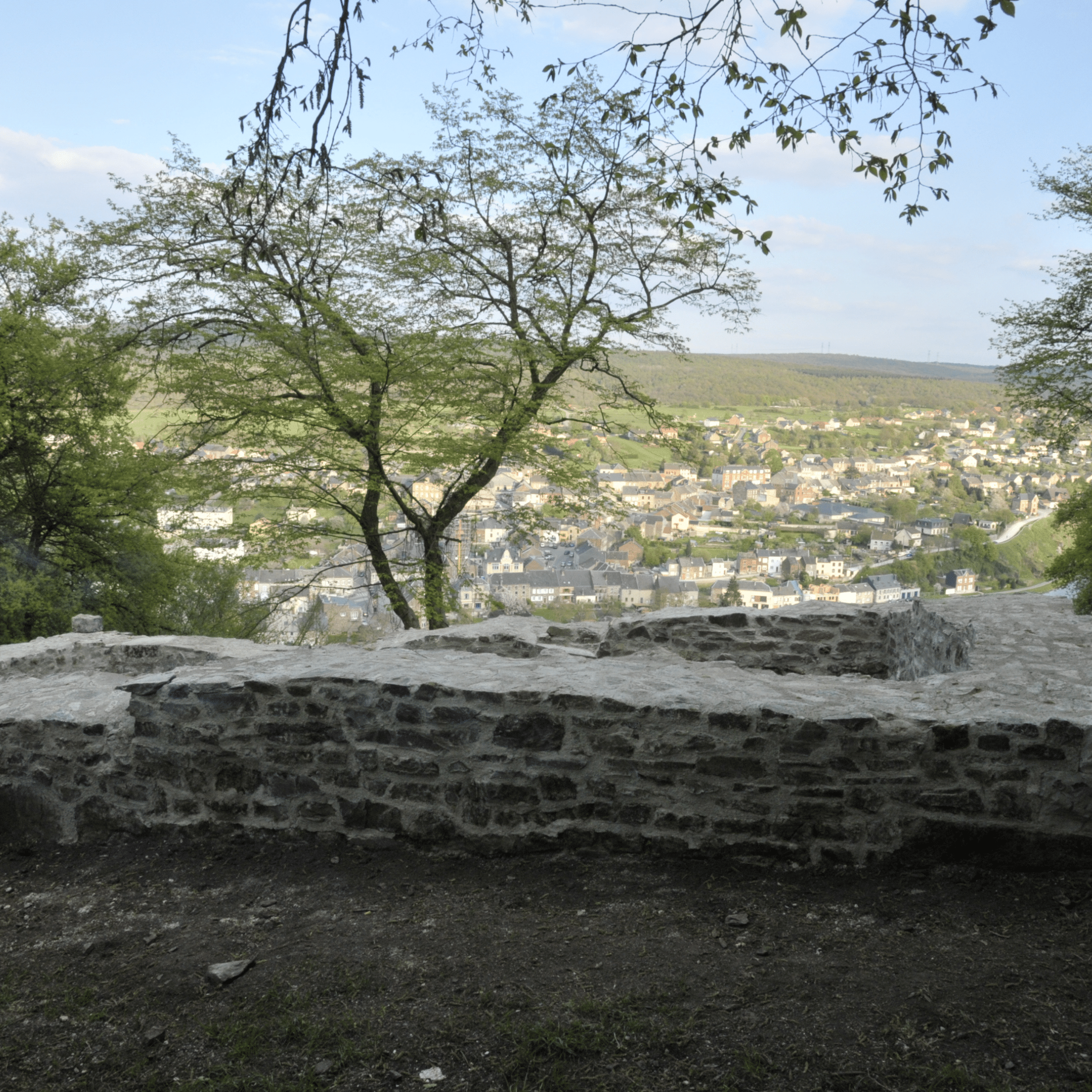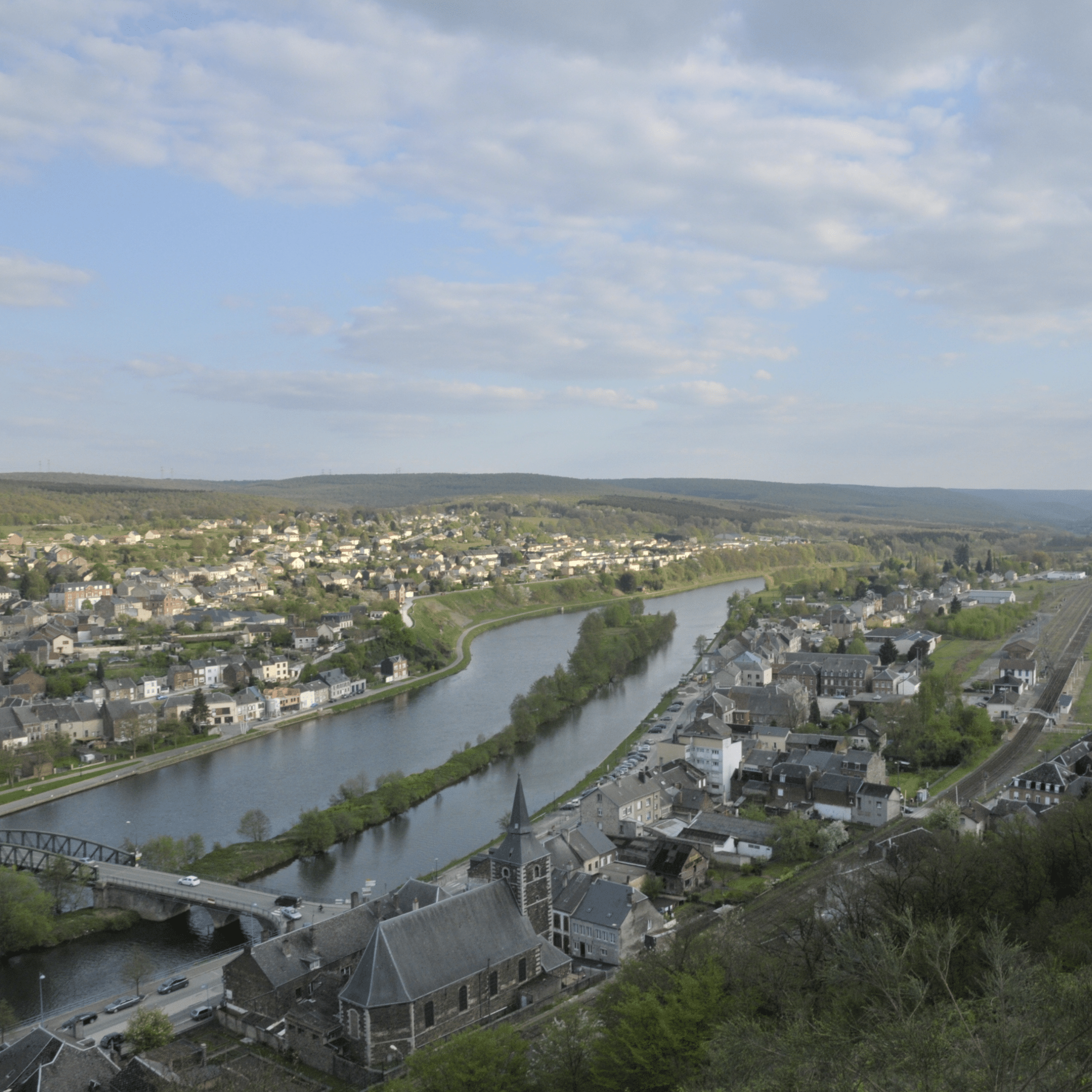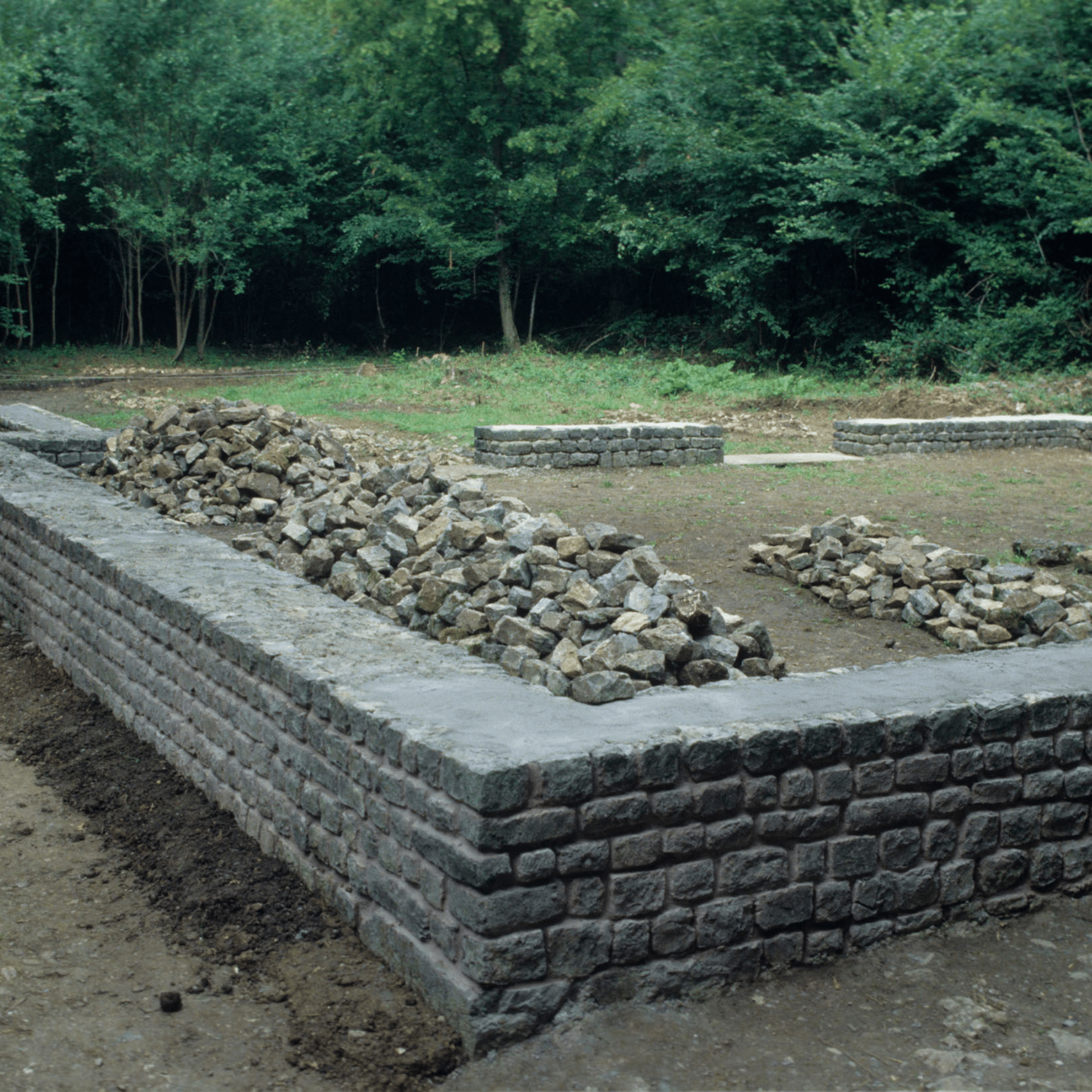Archaeological sites
Archaeological sites to visit at Treignes in the province of Namur
Archaeological research in the region has revealed many important sites, bearing witness to the ancient civilizations that inhabited these lands. Among these discoveries three remarkable sites have been restored and showcased to the public. These unique sites offer visitors the chance to discover, during guided tours, the remains and traces of the daily life of our ancestors.
The Gallo-Roman villa
- Treignes, province of Namur
- Discovered between 1980 and 1987
- Built in the middle of the 1st century
Just 300 m from today’s village, a Gallo-Roman villa stood between the 1st and 4th centuries, surrounded by outbuildings covering more than 6 hectares. Discovered between 1980 and 1987 by the non-profit organization Amphora, the site was subsequently excavated by Cedarc from 1994 to 2000, with restoration support from the Walloon Region.
The villa includes numerous rooms, a bathing facility (caldarium, tepidarium and frigidarium) and a well-preserved cellar, with niches and draining systems still visible. The walls reveal the foundations of this imposing, refined residence.
Gallo-Roman fortifications
- Mount Vireux, France
- Excavated from 1979 to 1990
- Established around 260 AD
Mont-Vireux is a fortification built around AD 260, under the Gallic emperor Posthumus (260-269). Posthumus reorganized the defense of northern Gaul in response to Germanic incursions. The site was then used intermittently, with a phase of destruction around 350.
The last quarter of the 4th century was marked by Germanic influences, evident in the necropolis 500m from the site, and thus most certainly by the existence of Germanic troops on Mont-Vireux. Various occupations continued during the Middle Ages until the 15th century.
The Gallo-Roman sanctuary
- Matagne-la-Grande, province of Namur
- Discovered and sounded as early as 1893
- Built in the 4th century
Discovered and sounded as early as 1893 by A. Bequet, this sanctuary has been excavated in its entirety since 2010. It is one of the few Gallo-Roman sanctuaries to have been founded in northern Gaul, probably ex-nihilo, in the Constantinian era.
During the first quarter of the 4th century, two temples were built within a 64-acre enclosure. Extensions were made as early as 350, including a double portico on the façade, topped by a hall dedicated to religious activities, and a third temple outside the enclosure.

Enjoy a guided tour of these archaeological sites
Immerse yourself in the fascinating history of the region! Discover Gallo-Roman remains on our guided tours

